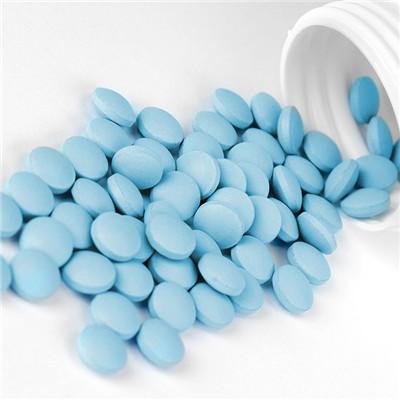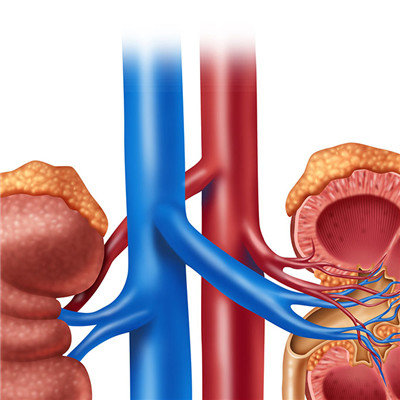What is incarcerated hernia?
summary
Incarcerated hernia is called indirect inguinal hernia occlusion. It refers to the patients with indirect inguinal hernia. When the intra-abdominal pressure rises suddenly, the contents of the hernia can be forced to expand the neck of the hernia sac and protrude into the hernia sac. Then, due to the elastic contraction of the neck of the hernia sac, the contents of the hernia can not be returned to the abdominal cavity. Let's share my experience with you.
What is incarcerated hernia?
Incarcerated inguinal hernia is characterized by sudden enlargement of hernia mass, hardening, irrecoverability and tenderness, which is the most serious condition of hernia. Abdominal pain, nausea, vomiting, fever, anorexia or crying, restlessness may occur when the contents of incarceration are intestinal tube. If not treated in time, it can be further developed into strangulated hernia.

The treatment of this situation is: surgical operation, the hernia out of the intestinal tube back to the abdominal cavity. This hernia and strangulated hernia are different stages of the same disease. The difference between the two is that the incarcerated hernia has not occurred intestinal wall necrosis.

After children suffering from indirect inguinal hernia, although a series of clinical symptoms can appear, but because the contents of the hernia can freely pass through the neck of the hernia, it is still "calm" in terms of illness, which seems to have little impact on children. However, because of crying, cold, cough, fatigue and other factors, children often cause herniated neck muscle contraction, so that the passage of abdominal wall muscle layer is almost blocked, and the herniated intestinal tube is stuck in the neck of hernia and cannot be taken back to the abdominal cavity.

matters needing attention
In the first few hours after the onset of the disease, the children's general condition is OK, but more than 12-24 hours later, there will be dehydration, acidosis, obvious abdominal distension, dark tumor, redness, obvious tenderness and other serious symptoms. X-ray or B-ultrasound can show signs of intestinal obstruction and incarcerated bowel shadow. Therefore, the disease should be diagnosed and treated as soon as possible to avoid life-threatening intestinal necrosis.


















